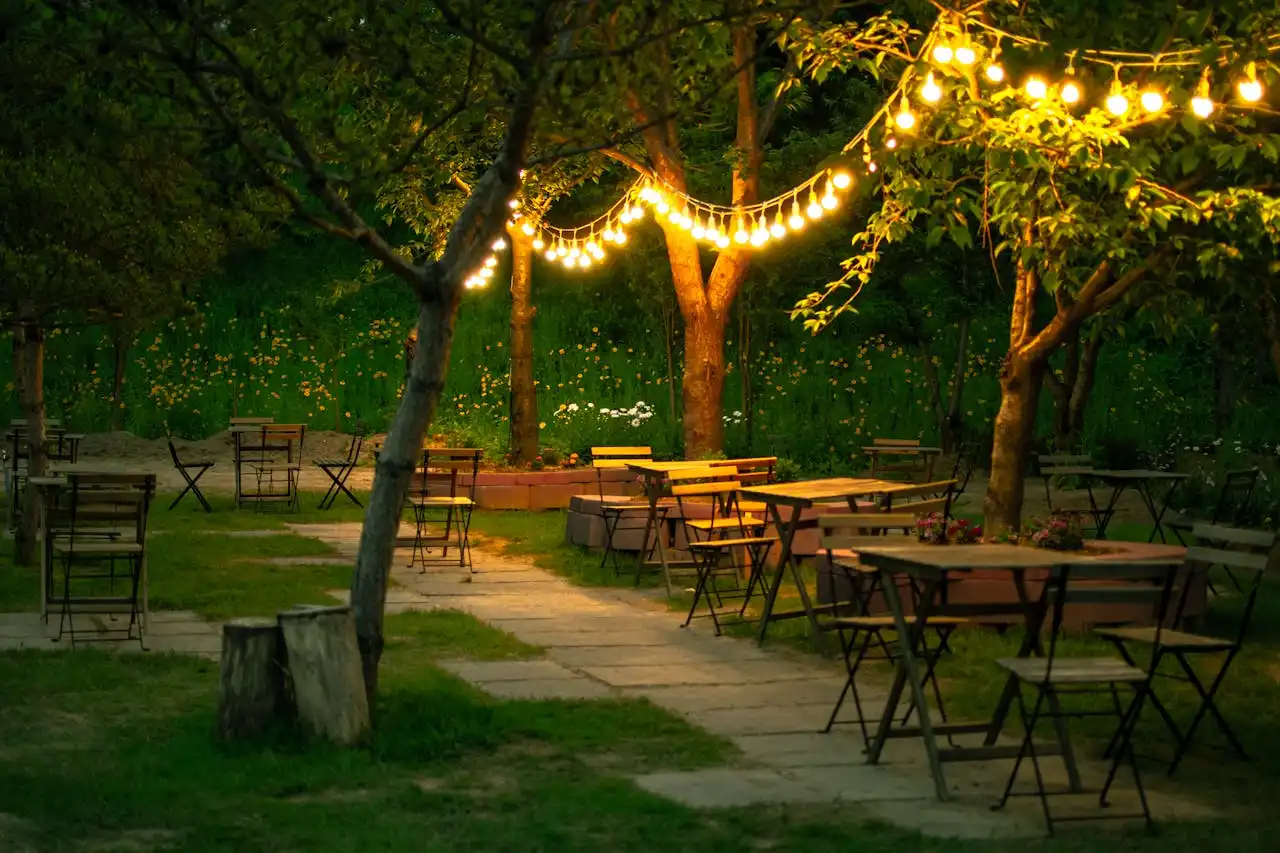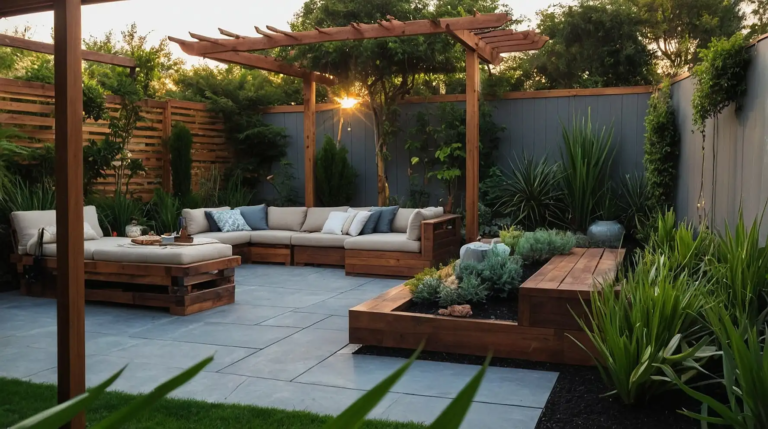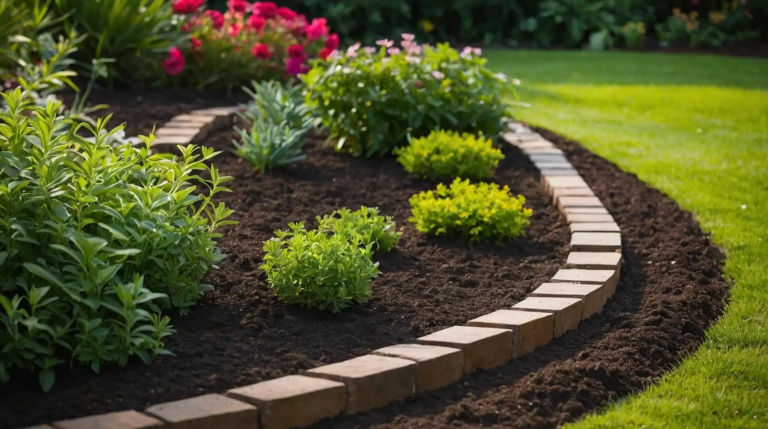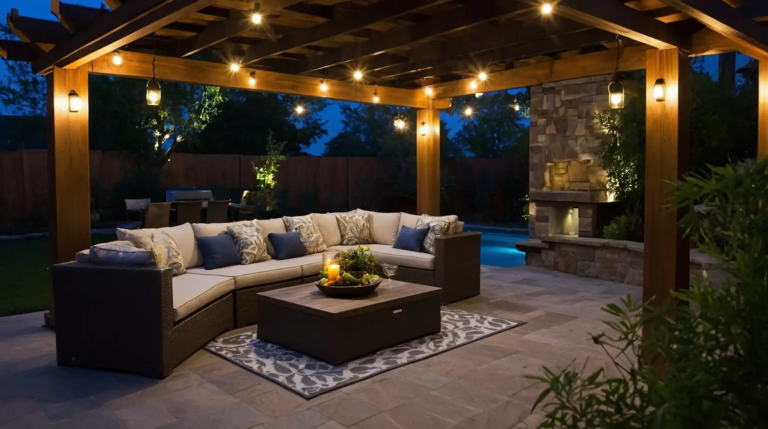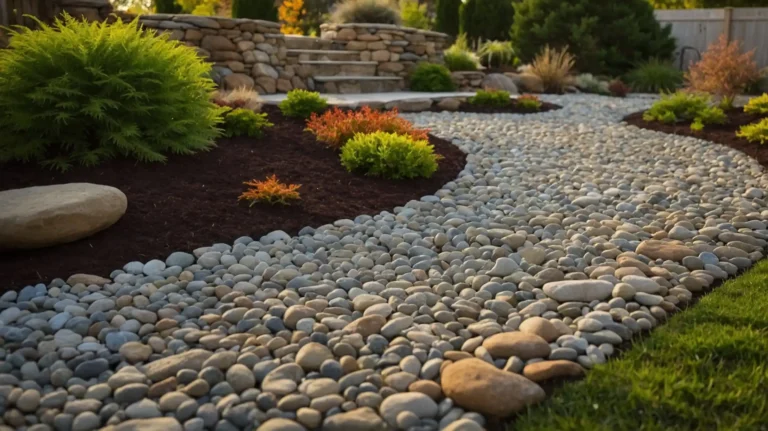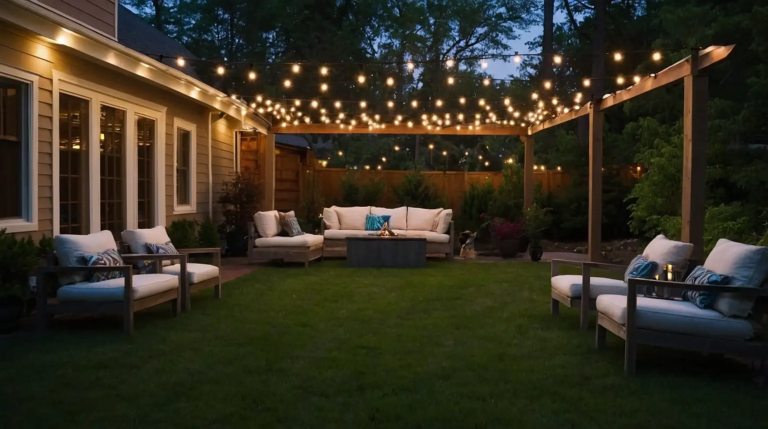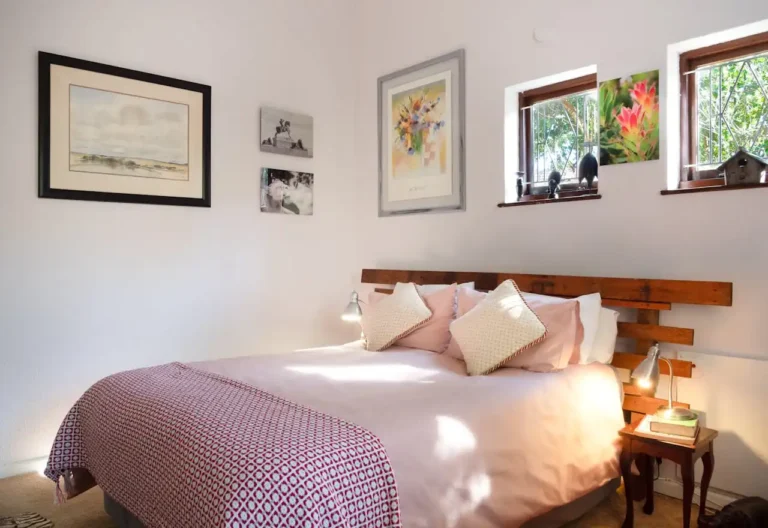The Best Outdoor String Lights for a Cozy Ambience
You’re ready to transform your outdoor space into a magical retreat that beckons you to linger long after sunset.
Outdoor string lights offer the perfect solution for creating warm, inviting ambience that turns any backyard, patio, or garden into an enchanting escape.
These versatile lighting solutions bring instant charm and functionality to your outdoor living areas.
Understanding Different Types of Outdoor String Lights
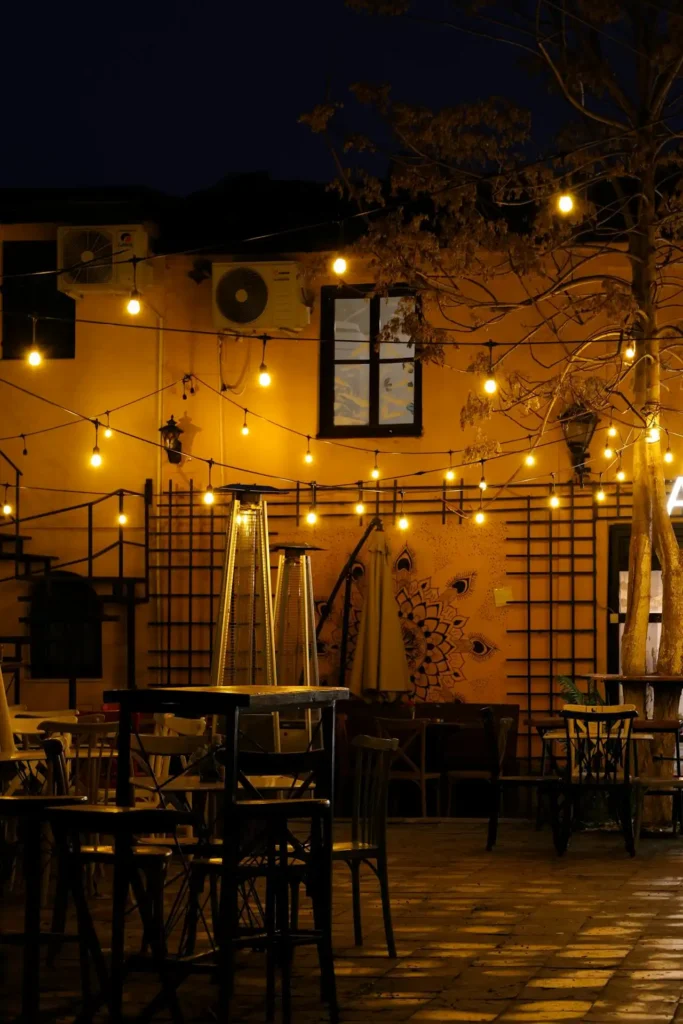
LED String Lights
LED string lights stand out as the most energy-efficient and durable option for your outdoor lighting needs.
You’ll appreciate how these lights consume up to 80% less energy than traditional incandescent bulbs while lasting significantly longer.
Modern LED options offer impressive versatility in color temperature and brightness levels.
You can choose from warm white tones that create intimate, cozy atmospheres or opt for cool white lights that provide brighter, more functional illumination.
Many LED string lights feature dimming capabilities, allowing you to adjust the brightness throughout the evening.
This flexibility helps you create the perfect mood for different occasions, from romantic dinners to lively gatherings.
The low heat output of LED lights makes them safer for extended use and reduces fire risks.
You’ll also find that LED bulbs resist breaking and can withstand various weather conditions better than traditional alternatives.
Edison Bulb String Lights
Edison bulb string lights bring vintage charm and character to your outdoor spaces.
These bulbs feature visible filaments that create a warm, nostalgic glow reminiscent of early 20th-century lighting.
You’ll find Edison bulbs available in various shapes, including traditional teardrop, globe, and tubular designs.
Each style offers a different aesthetic appeal that can complement your outdoor décor theme.
The warm amber light produced by Edison bulbs creates an intimate, restaurant-like atmosphere in your backyard.
This makes them perfect for dinner parties, romantic evenings, or any gathering where you want to encourage conversation and relaxation.
While Edison bulbs traditionally used incandescent technology, you can now find LED versions that maintain the classic appearance while offering improved energy efficiency and longevity.
Solar-Powered String Lights
Solar-powered string lights provide an eco-friendly lighting solution that eliminates the need for electrical connections.
You’ll appreciate the convenience of installation without worrying about proximity to power outlets or running extension cords.
These lights automatically charge during daylight hours and illuminate your space when darkness falls.
Most solar string lights include sensors that detect ambient light levels and turn on automatically at dusk.
Modern solar technology has significantly improved the performance and reliability of these lights.
You can expect 6-8 hours of illumination from a full day’s charge, depending on weather conditions and battery capacity.
Solar string lights work best in areas that receive direct sunlight for several hours daily.
Consider the positioning of your solar panel to maximize charging efficiency and ensure consistent performance throughout the evening.
Key Features to Consider When Choosing String Lights
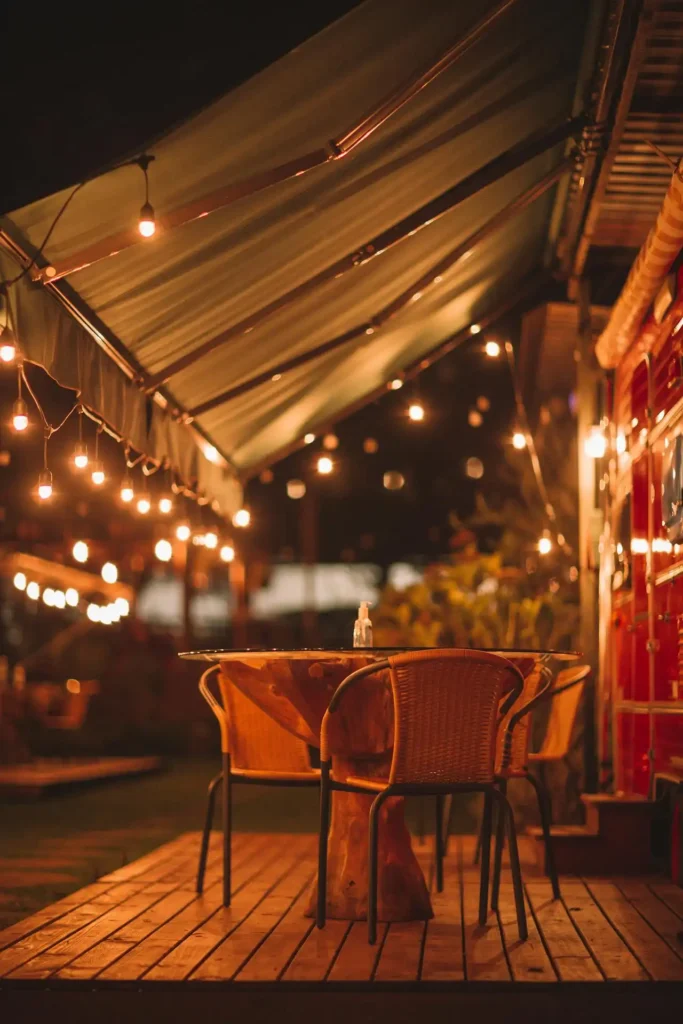
Weather Resistance and Durability
Your outdoor string lights must withstand various weather conditions throughout the year.
Look for lights with appropriate IP (Ingress Protection) ratings that indicate their resistance to moisture and dust.
IP65 ratings provide excellent protection against rain, snow, and dust, making them suitable for year-round outdoor use.
You’ll want this level of protection if you plan to leave your lights installed permanently. Consider the construction materials of both the bulbs and the cord.
Heavy-duty rubber or plastic housings protect against impacts and temperature fluctuations better than thin, cheap materials.
UV-resistant materials prevent fading and degradation from prolonged sun exposure.
This feature becomes particularly important if your lights will be exposed to direct sunlight during daylight hours.
Length Options and Connectivity
String lights come in various lengths, typically ranging from 25 feet to 100 feet or more.
You’ll need to measure your intended installation area carefully to determine the appropriate length for your project.
Many string light sets offer end-to-end connectivity, allowing you to link multiple strands together.
This feature provides flexibility for covering larger areas or creating more complex lighting designs.
Consider the spacing between bulbs when planning your installation. This flexibility proves valuable if you want to expand your lighting display in the future.
Closer spacing creates more continuous illumination, while wider spacing produces a more dramatic, punctuated effect.
Some manufacturers offer customizable lengths or modular systems that let you add or remove sections as needed.
Power Source Options
Traditional plug-in string lights offer consistent, reliable power but require access to electrical outlets.
You’ll need to plan your installation around existing power sources or arrange for additional outlets if necessary.
Battery-powered options provide portability and easy installation but require regular battery replacement or recharging.
These work well for temporary installations or areas without convenient electrical access. You can charge these units indoors and enjoy several hours of wireless operation.
Rechargeable battery packs offer a middle ground between convenience and sustainability.
Consider the power consumption of your chosen lights, especially if you plan to run them for extended periods. Energy-efficient options will reduce your electricity costs and environmental impact.
Professional Installation Tips and Techniques
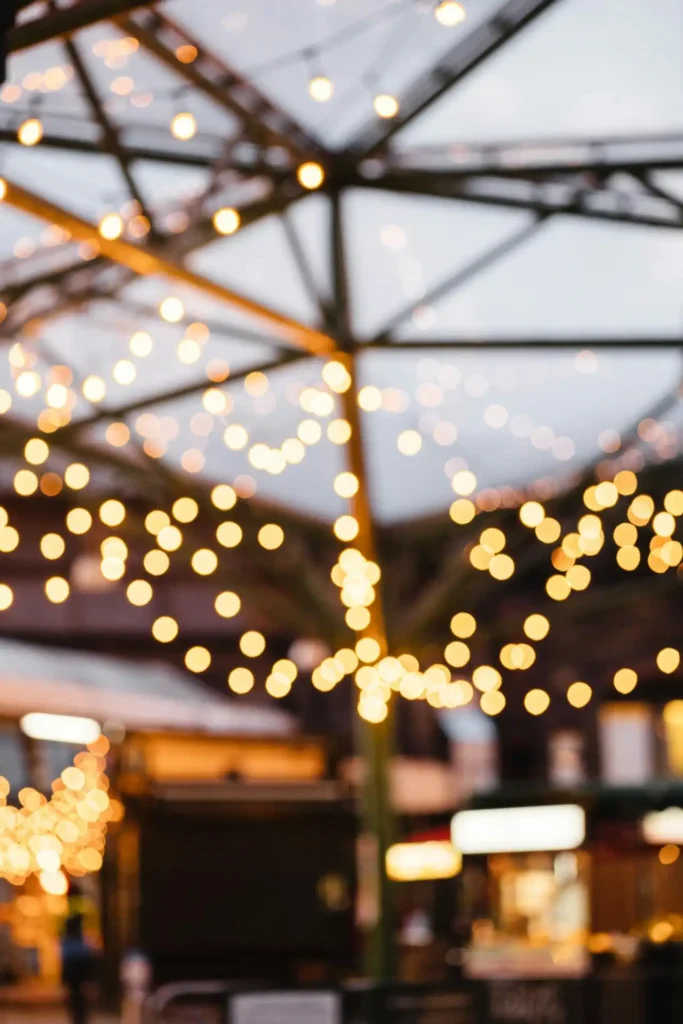
Planning Your Layout
Start by sketching your outdoor space and identifying key areas where you want to create ambience.
You’ll want to consider natural gathering spots, seating areas, and architectural features that could serve as anchor points.
Measure distances between potential mounting points to ensure you have adequate cord length.
Factor in some extra length for draping and connections to avoid running short during installation. Consider the height at which you’ll install your lights.
Standard recommendations suggest hanging lights 8-10 feet above ground level for optimal illumination and visual appeal while maintaining safety clearance.
Think about traffic patterns and ensure your lighting installation won’t create obstacles or hazards for people moving through the space.
Mounting and Support Systems
Sturdy mounting points form the foundation of any successful string light installation.
You can use existing structures like pergolas, fences, or trees, or install dedicated mounting hardware.
Eye screws and hooks provide reliable mounting points for permanent installations. Choose galvanized or stainless steel hardware to resist corrosion and maintain strength over time.
Guide wires or cables can help you span longer distances between mounting points. These support systems prevent sagging and ensure your lights maintain their intended appearance.
For temporary installations, consider using weighted bases, clamps, or removable mounting solutions that won’t damage your property or structures.
Electrical Safety Considerations
Always use outdoor-rated extension cords and electrical connections when installing plug-in string lights.
Indoor electrical components aren’t designed to withstand moisture and temperature variations.
Install GFCI (Ground Fault Circuit Interrupter) protection on any outdoor electrical circuits. This safety feature prevents electrical shock hazards in wet conditions.
Keep electrical connections elevated above ground level and protected from direct water exposure. Use weatherproof covers or enclosures for outlet connections.
Avoid overloading electrical circuits by calculating the total wattage of your lighting installation. Most household circuits can safely handle 15-20 amps of electrical load.
Creative Design Ideas for Maximum Impact
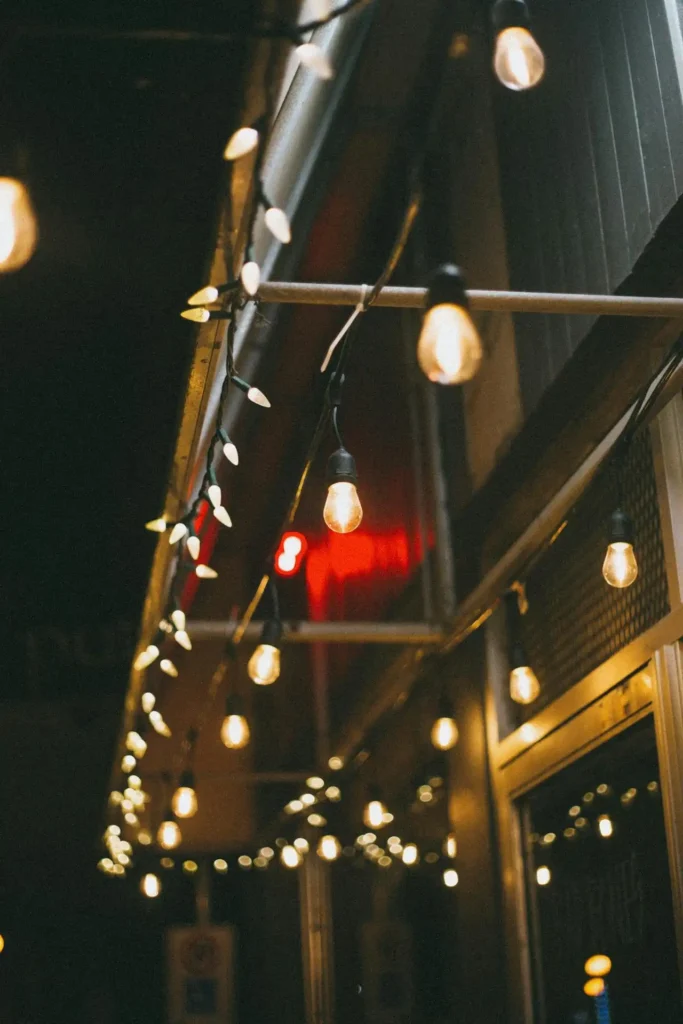
Overhead Canopy Effects
Create a magical ceiling of lights by installing strings in a grid or radial pattern above your outdoor dining or seating area.
This technique transforms open spaces into intimate, room-like environments. Consider combining different bulb styles or sizes within your overhead installation.
Vary the height of different string runs to add visual interest and depth to your overhead display.
Lower sections can define specific areas while higher sections provide ambient background lighting.
Mixing larger statement bulbs with smaller accent lights creates layered lighting that’s both functional and decorative.
Use dimmer controls or multiple circuits to create zones of different brightness levels. This allows you to adjust the ambience for different activities and times of evening.
Perimeter and Border Lighting
Outline the boundaries of your outdoor space with string lights to define areas and create visual continuity. This technique works particularly well for patios, decks, and garden rooms.
Follow the roofline, fence tops, or garden borders to emphasize the architecture and natural features of your space.
The linear nature of string lights complements these structural elements beautifully.
Layer perimeter lighting with other outdoor lighting elements like path lights or uplighting to create a comprehensive lighting design that serves both practical and aesthetic purposes.
Consider using different colored or styled bulbs along different perimeter sections to create subtle transitions between areas or highlight specific features.
Focal Point Enhancement
Use string lights to highlight and enhance existing focal points in your outdoor space.
Wrap lights around large trees, pergola posts, or architectural features to draw attention and create visual anchors.
Backlight water features, sculptures, or garden art with carefully positioned string lights. The indirect lighting effect adds drama and mystery while highlighting these special elements.
Create new focal points by clustering or concentrating string lights in specific areas. Dense lighting arrangements can transform ordinary spaces into dramatic conversation pieces.
Combine string lights with other decorative elements like fabric draping, plants, or outdoor art to create complex, layered focal points that change throughout the evening.
Seasonal and Holiday Adaptations
Plan your string light installation with seasonal flexibility in mind. Choose neutral mounting points and connection methods that allow you to easily swap different bulb styles or add seasonal decorations.
Summer installations might emphasize cool, bright lighting that extends usable outdoor time.
Winter setups could focus on warm, cozy lighting that makes outdoor spaces inviting during colder months.
Holiday adaptations can transform your basic string light framework into festive displays.
Consider how your permanent installation can accommodate temporary additions for special occasions.
Document your successful seasonal arrangements with photos to help you recreate favorite setups in future years. This planning saves time and ensures consistent results.
Maintenance and Longevity Tips
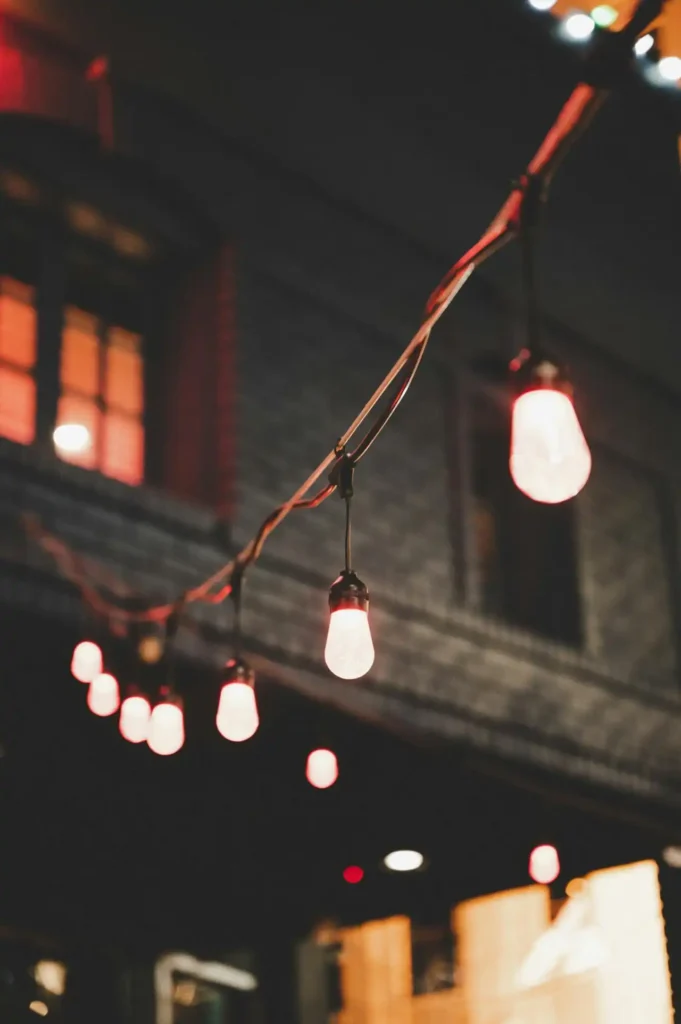
Regular Inspection and Care
Schedule monthly inspections of your outdoor string lights to identify potential issues before they become major problems.
Look for damaged bulbs, frayed cords, or loose connections that could affect performance or safety.
Clean your lights regularly to maintain optimal brightness and appearance. Use mild soap and water for most cleaning tasks, avoiding harsh chemicals that could damage protective coatings.
Check mounting hardware for signs of loosening or corrosion. Tighten connections and replace hardware as needed to maintain secure installations.
Document any recurring issues or patterns of failure to help you make better purchasing decisions for future replacements or expansions.
Seasonal Storage and Protection
If you live in an area with harsh winter weather, consider removing and storing your string lights during the most severe months.
Proper storage extends the life of your lights and prevents weather-related damage. Allow everything to dry completely before packing.
Clean lights thoroughly before storage to remove dirt, moisture, and debris that could cause problems during storage periods.
Use proper storage containers or methods that prevent tangling and protect delicate components. Dedicated storage reels or boxes designed for string lights work particularly well.
Mark or label different sections or types of lights to make reinstallation easier when the weather improves. Include notes about mounting locations and connection requirements.
Replacement and Upgrade Planning
Keep spare bulbs on hand for quick replacements when individual lights fail.
Many string light sets include a few extra bulbs, but having additional spares prevents delays in maintaining your display.
Consider the total cost of ownership when making purchasing decisions. Higher-quality lights with longer warranties often provide better value despite higher upfront costs.
Plan upgrade paths that allow you to expand or improve your lighting over time. Choose systems and mounting methods that accommodate future additions or changes.
Research new lighting technologies and products annually to stay informed about improvements in efficiency, features, or cost-effectiveness that might benefit your outdoor space.
Conclusion
Transform your outdoor space into an enchanting retreat with the right string lights and thoughtful planning.
These versatile lighting solutions create magical ambience that extends your enjoyment of outdoor living well into the evening hours.

